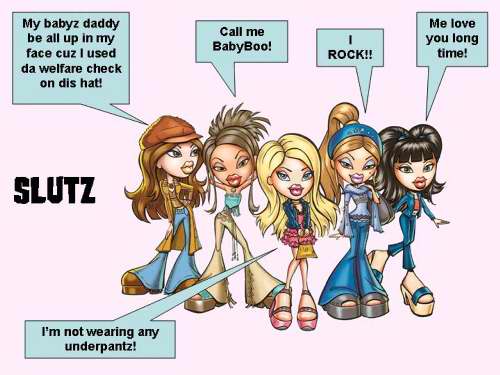Part I
An Introduction to the Introduction
I’ve just finished reading George Eliot’s Mill on the Floss. This is certain to impress you, so I’ll just busy myself with last April’s issue of Lutheran Woman Today and give you a moment for quiet reflection as your admiration of my literary prowess deepens. What, done already? You’re sure? You do realize that The Mill on the Floss was published in 1860, and that it’s chock full of proper people sitting down to a proper tea while discussing what is and isn’t proper using convoluted sentences beginning with “I shouldn’t think” and “I shouldn’t wonder?” Much ado is made of Aunt Glegg’s “fuzzy fronts” and Uncle Pullet’s snuff-box; china and linen patterns are discussed at considerable length, and passionate young people frequently gather around pianos in the parlor and “move” each other with their singing. “With thee delight is ever new,” they sing. “With thee life is incessant bliss.” Apparently, “new” and “bliss” rhymed in 1860. It’s a pity “Oh baby” and “Yeah, yeah” weren’t coined until 1863; then some bonnets would’ve really been knocked askew. The book is pretty long, too, yet I endured heroically. Perhaps a few more moments of quiet reflection are in order? No? Fine, be that way; but why you continue to come here solely to antagonize me is something I will never understand. The world is full of postage stamps that need to be steamed off one surface and stuck to another with some degree of organization...perhaps this is better use of your time?
Anyway, I’m impressed enough with myself not only for the both of us, but for the population of Schenectady thrown in as well. So there, too, Smartypants. The mere fact that I continued on with any book that brutally assaulted my increasingly refined literary senses with the unforgivable line “I am in love with moistness” on the very second page is proof enough that I am willing to suffer for the sake of timeless art. For all I knew, the book could have ended up being about a singing milkmaid who enjoys casting aside her pails and flinging herself into mud puddles with wanton abandon, startling the cows and shocking the townsfolk with her wickedly soiled pinafore. In hindsight, I see now I wasn’t far off.
But merely discussing what the book is about simply wouldn’t do, oh no, no, no, no. After all, classic literature is nothing more than recognized standards of certain story types. Academics, book reviewers, and Reader’s Digest editors all know that when the end product is the same, all that’s left to highlight is craftsmanship. If this blog is ever to have more than 2 viewers without stooping to pornography or incorporating “in a blender” in its address, it’s going to have to become a catalyst for radical thinking and intellectual discourse. After all, walk into any blue collar bar and propose the following question: “Which is better: Ford or Chevy?” I wager you’ll see some discourse then. KitchenAid or Farberware? Dick York or Dick Sargent? Compare, contrast, repeat. The more I thought about, the more I knew there was no way to accurately critique The Mill on the Floss without comparing it to something else. But with what should I compare it?
My first thought was to write my own book, publish it, and then compare and contrast it to The Mill on the Floss. I had a spare afternoon, so I figured “Why not?” But then I realized that writing a book simply for comparison purposes was certain to stunt the organic growth of the plot. I’d write “I am in love with dryness” on the very second page, and the rest of the book would essentially write itself. It’s too easy to be contrite. Where was the art? Besides, becoming an internationally acclaimed best selling author and drug-addicted sex symbol overnight would surely take me away from the very thing I would have written the book to accomplish-this blog. Yes, there’d be blurry paparazzi pictures of me scantily clad and playing cribbage on a hotel balcony in Crete, but I’d be too busy accepting Nobel Prizes and granting interviews to Lutheran Woman Today to sue the tabloids, much less blog about privacy invasion.
No, what I needed was...something else. A story set in another place and in another time. Only by exploring the stories in this way could I hope to dispense with the stories themselves and instead focus on the craftsmanship of their telling. This blog was becoming far more challenging than I had anticipated, but I was far from daunted. I used to work in a book store. I have books. Lots of books. Finding one to compare and contrast with The Mill on the Floss would be simplicity itself. Giddy with the thrill of academic discovery, I rushed to my book cases and scanned the titles:
In Cold Blood
Field of Blood
Blood In, Blood Out
Blood Hollow
House of Blood
Blood and Gold
Play Cribbage Scantily Clad: A Guide to Hotels in Crete.
The Tunnels of Blood
Harry Potter and the Half-Blood Prince
Much Ado About Quiche.
Yep, I had lots to work with. An overwhelming amount, actually, which is only to be expected from a mind softly overripe with literacy such as my own. How to decide? Which to choose? The first logical step, it seemed, was to dissect The Mill on the Floss for key dramatic elements, analyze the characters and their implied motivations, and define the “feel” of the piece.
Part II
Introduction
The Mill on the Floss is about a family whose home and mill lie along the banks of the River Floss. There is a mommy and a daddy, Mr. and Mrs. Tulliver, and their children, a boy and a girl, Maggie and Tom. Maggie is the heroine of the book, as having dark hair seems to be enough to set in motion any number of societal and family conflicts, never minding the fact that she reads books as well. Much of the early parts of the book revolve around Maggie’s parents sitting in chairs discussing how peculiar Maggie is in a “What will become of her?” kind of way. In the middle of the book, we are introduced to numerous relatives, who come to the house, sit in chairs, and discuss how peculiar Maggie is in a “What will become of her?” kind of way. Toward the end of the book, Maggie is surrounded by admirers infatuated with her peculiarity in an “I must have her!” kind of way.
In chapter four of Book II of The Mill on the Floss (entitled “Another Love Scene,” prompting me to ask, “There was first one?”) Maggie says to Philip, her amorous hunch-backed gentleman caller, “I didn’t finish the book. As soon as I came to the blond-haired young lady reading in the park, I shut it up and determined to read no further. I foresaw that the light complexioned girl would win away all the love from Corinne and make her miserable. I’m determined to read no more books where the blond haired women carry away all the happiness. I should begin to have some prejudice against them-If you could give me some story, now, where the dark woman triumphs, it would restore the balance...“
Woefully, this passage doesn’t appear until page 432. Had it occurred earlier, I would have known that shutting the book up as soon as I came to the black-haired girl crying in the attic would have been an action endorsed the black-haired girl herself, for I foresaw that she would do little else but look pretty and cry.
“O dear Luke,” said Maggie in a piteous tone, while the big tears rolled down her cheek...
“I’m so very sorry,” said Maggie, while the tears rushed fast...
Maggie stood motionless, except for her sobs...
She ran to her father, hid her face in his shoulder and burst out into loud sobbing...
Maggie rushed away so that her burst of tears, which she felt must come, might not happen until she was safe upstairs.
“O he is cruel!” Maggie sobbed aloud...
Maggie spoke with more and more sorrowful gentleness as she went on, and her eyes began to fill with tears.
She slackened her hold and burst into hysteric sobs...
Maggie turned away from the table and threw herself into a chair with the big tears ready to roll down her cheeks...
With these last words, Maggie’s sobs burst forth....
...as Maggie knelt by the bed sobbing...
“Don’t laugh at me Tom,” said Maggie, in a passionate tone, with an outburst of angry tears...
The tears flowed so plentifully that Maggie saw nothing around her for the next ten minutes...
The sudden joy was almost painful, and by the time her father reached her, she was sobbing...
She slackened her hold and burst into hysteric sobs...
Oh, but Tom,” said Maggie, her eyes filling with tears...
...as she stood crying before the glass...
...smiling through a haze of tears...
With these last words, Maggie’s sobs burst forth....
It is completely without exaggeration that I say Maggie sobs her way through well over 600 pages, giving her all the charm and likeability of a damp, used Kleenex. She even wakes up in the morning “with her eyelashes still wet with tears.” This is one chick truly “in love with moistness,” right up until the soggy end of the book, when she drowns in a flood, but not before emitting a “long deep sob of that mysterious wondrous happiness that is one with pain.” I was sitting on a bench outside on my lunch break when I finished the book, and when I read the line about her sobbing in the midst of the flood, I couldn’t help but say aloud, “Will you just shut the fuck up and die already?”
There’s a plot in the book somewhere, something about bankruptcy, revenge, and forbidden love, but it was all drowned out by Maggie "The Human Spigot" Tulliver's tears and my own cries of, “What, she’s crying again?” It seems "suffering in silence" was also not invented until 1863. It was obvious that the book would end with her death, though, because, frankly, how else does one make someone who?s always crying anyway more tragic? And it was this that kept me going. "She's gonna die," I'd reassure myself, as Stephen, mad with passion, seized Maggie's arm and showered it with kisses, thus making her cry, "It'll all be over soon."
Part III
Comparison
Days, weeks, a month passed since I had finished The Mill on the Floss, and still I was no nearer to deciding on a body of work with which to compare it. "Crying" is an accessible theme; however "Unremitting Crying" is not. I couldn't find anything about anyone who did anything with the frequency and consistency of Maggie's crying, with the possible exception of breathing, which isn't really a very interesting comparative tool.
Part IV
Conclusion
The Mill on the Floss is the ideal book for anyone who would like to add drinking games to their book club meetings. Every time Maggie cries, everyone takes a drink; you'll all be hammered by chapter 4. Someone is bound to stick a lampshade on their head and say, "Oh, boo hoo hoo! Guess who I am?" I'll give you hint; the initials are M. T.











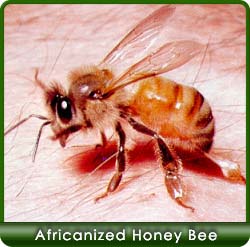
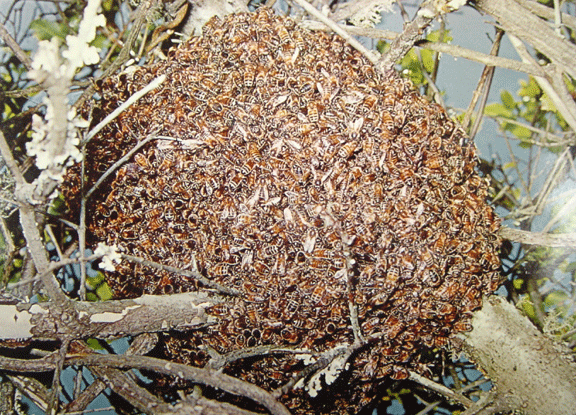
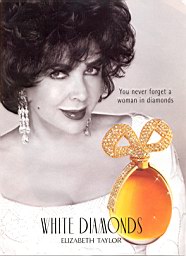
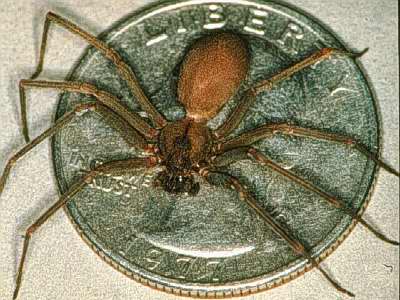

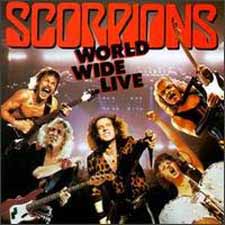
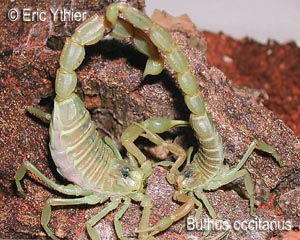
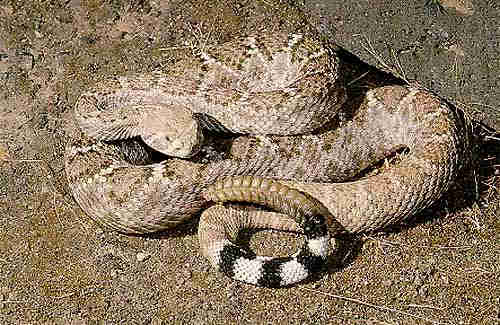
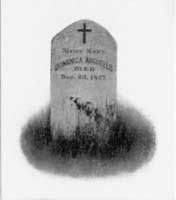
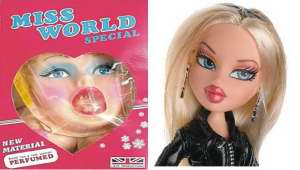

 “Hi, I’m Cloe and I rock! My friends call me ‘Angel’ because that’s what I am!”
“Hi, I’m Cloe and I rock! My friends call me ‘Angel’ because that’s what I am!”


